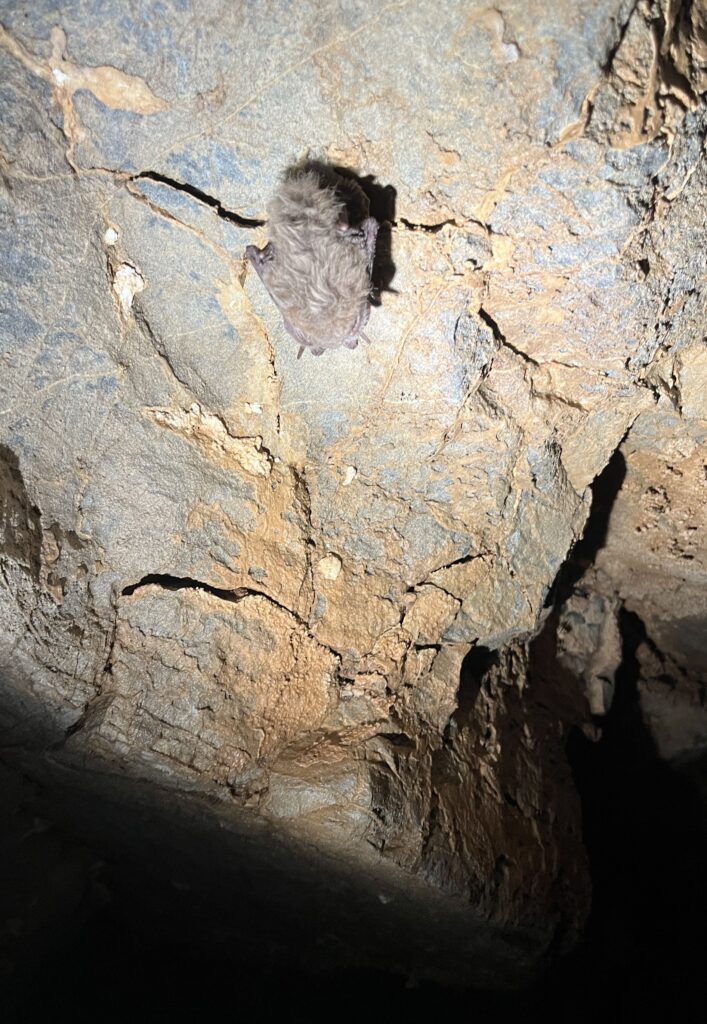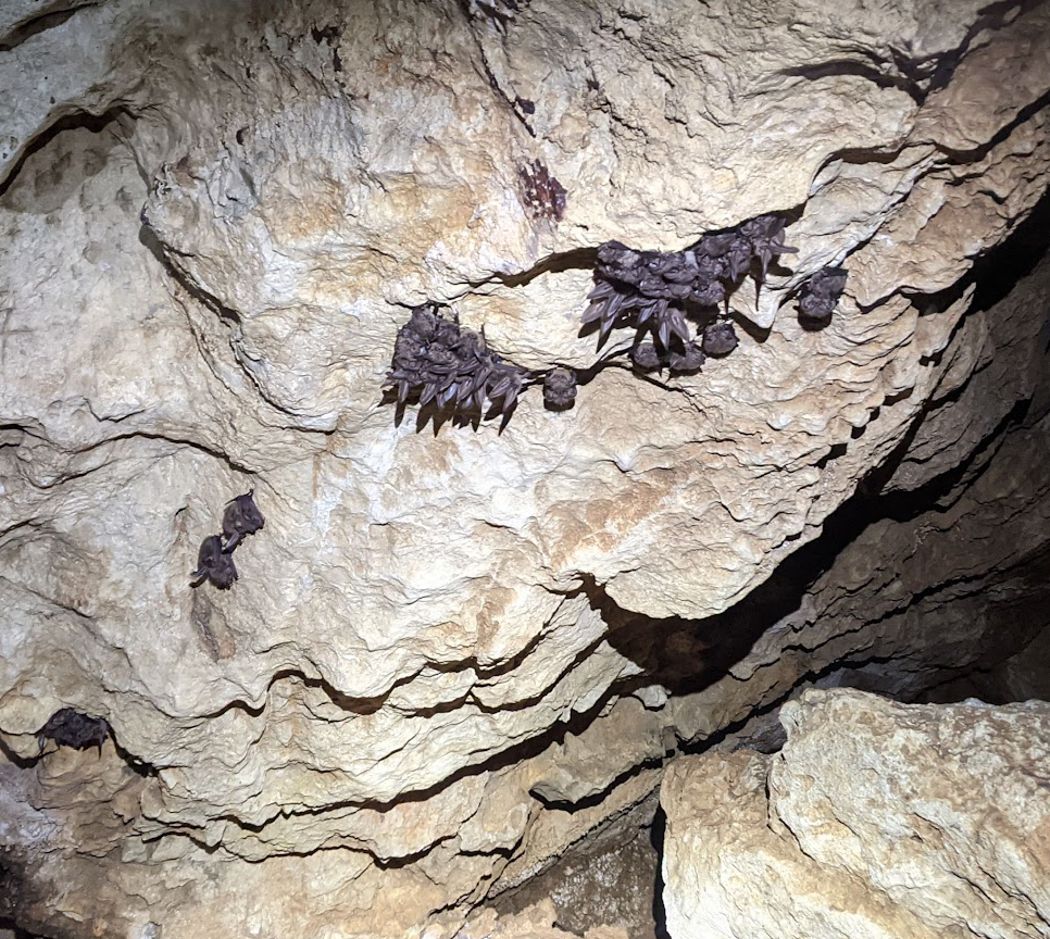
Bats are a critical part of ecosystems inside and outside of caves
And they are a very diverse group of mammals with more than 20 species in California. Bats come in a wide or colors, shapes and sizes.
Bats keep nature in balance
In the US, bats are the primary predator for night-time flying insects, including vast numbers of mosquitos and moths. When a disease wiped out some cave bat species in Vermont, a state biologist estimated that 1 billion fewer insects were being eaten each night without the bats.
Roughly half of California’s bat species can be found in caves. Some roost infrequently in caves, while others always rest, hibernate, socialize and have their young underground. For the most part, California lacks the giant cave bat roosts that can be found in locations such as Texas, New Mexico and Mexico, where millions of bats may be in a single roost in a single cave. But there are caves in the state that do host multiple species of bats, sometimes in different parts of the same cave. And a few caves do have large colonies.

Bats in caves
Bats are picky about their cave roosts. They are often looking for just the right temperature and humidity. They may want a warm spot to raise their pups, but a cold location in a cave to hibernate. Bats often want to roost up high, far from their predators on the cave floor below. And bats need a space to accommodate their numbers. Some bats roost solo, but others gather in large, dense groups.
Studies of bat roosts in caves have shown them to be surprisingly social creatures. Most thought that bats flew into caves, roosted and went to bed. Far from it. Special cameras have showed bats caring for their pups, making a lot of noise, flying around, squabbling among themselves and generally being very interactive and active with a lot of time spent socializing, while underground.